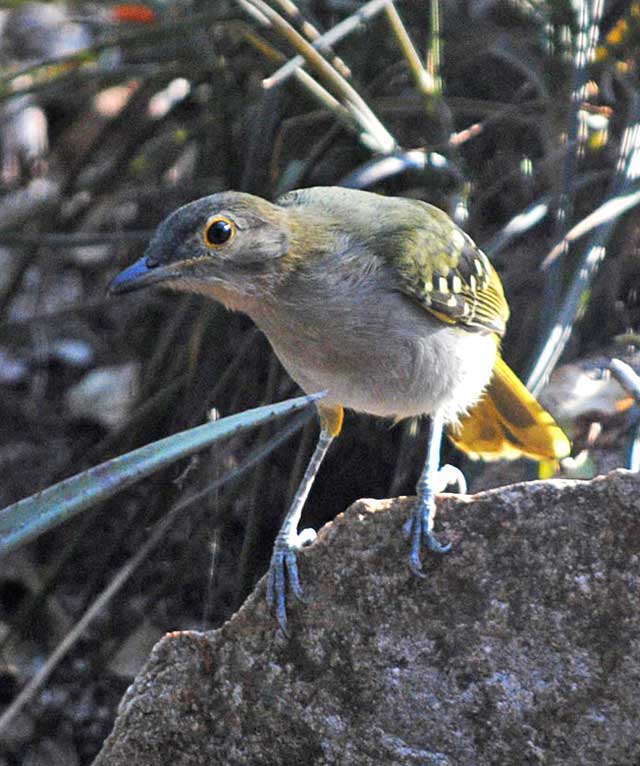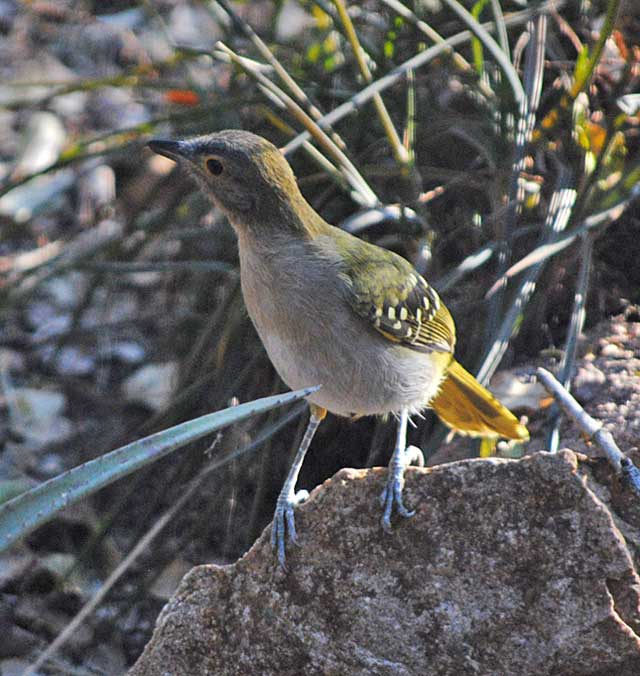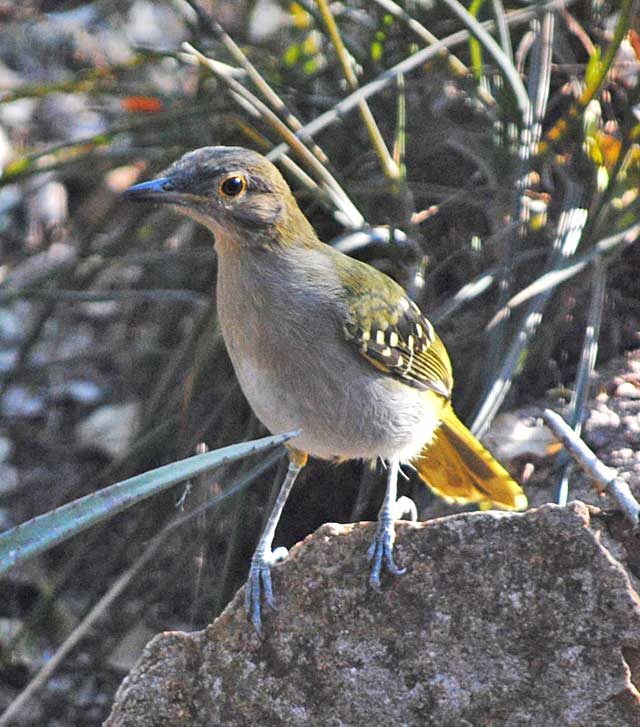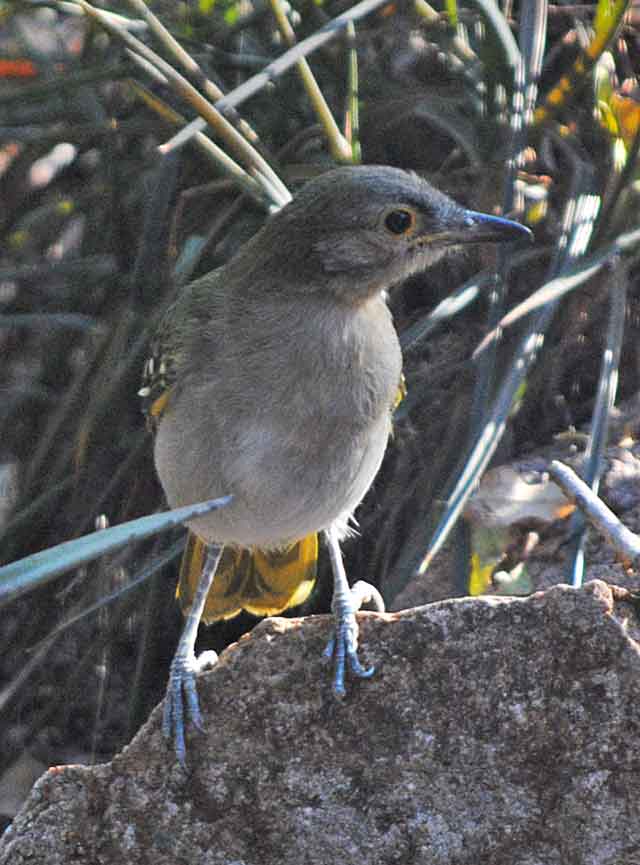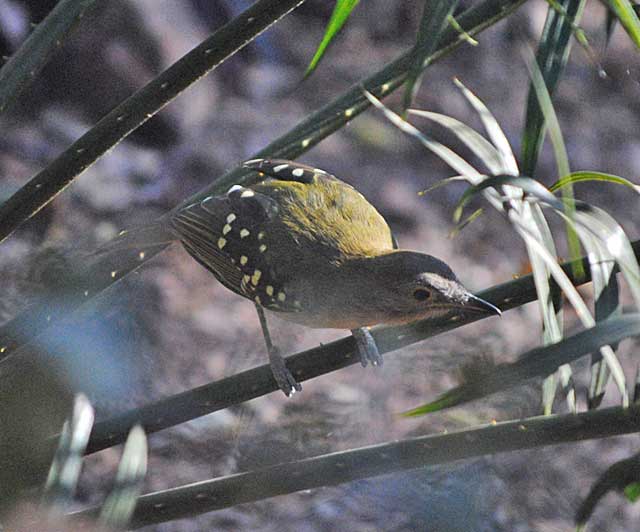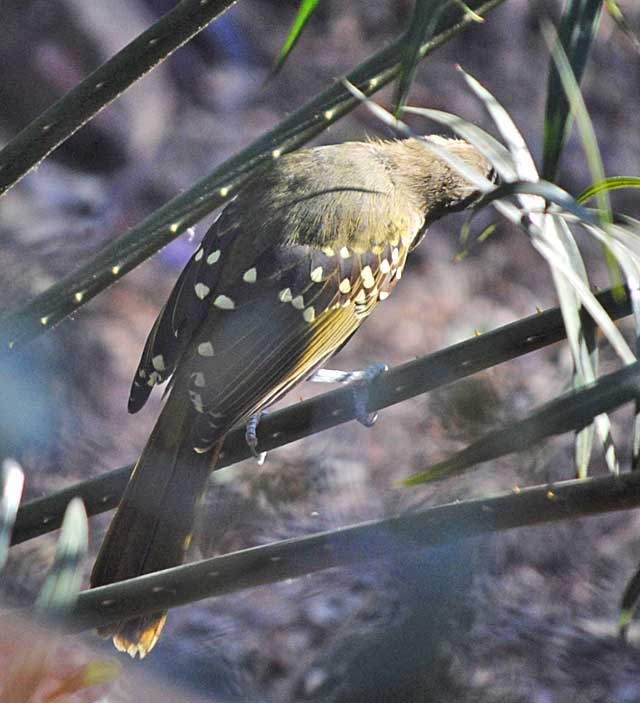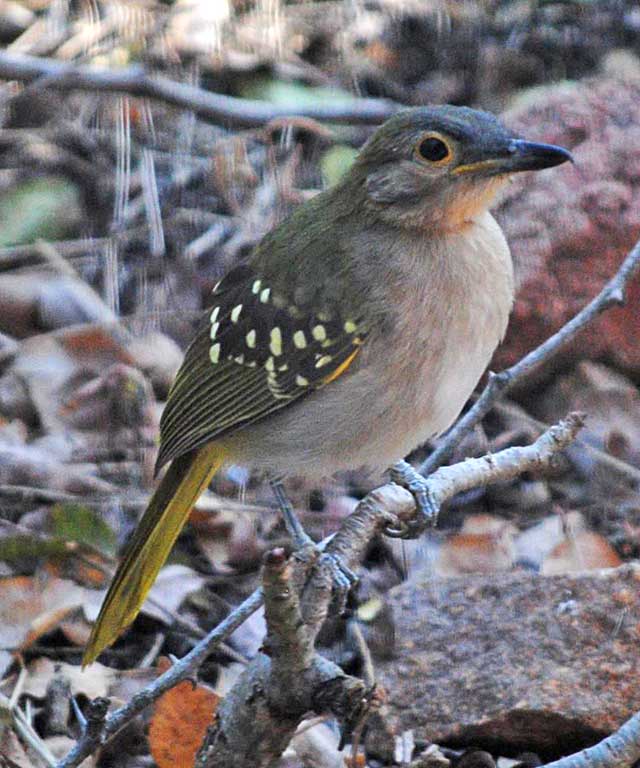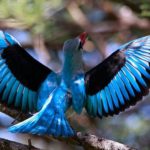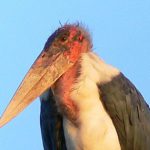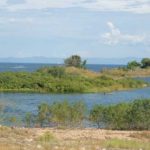Nicator, A Twitcher’s Dream Discovery
Not Elusive in Name Only
Here’ an uncommon series of photos – the star is the Yellow Spotted Nicator, now known as the Eastern Nicator (Nicator gularis). The elusive nicator isn’t as such a rare bird. Although occurring in Lowveld savanna bush from Mkuze River in Zululand all the way up to Kenya and West Africa. So why am I calling it rare?
Rare, if you see it in your kitchen. Rare, because this bird is hardly ever seen (and photographed even less often), as nicators spend much of their time creeping around thick bush, hopping from branch to branch searching for the juicy insects they eat. And not to mention, hiding away from people, resulting in its rareness. A bird that is much sought after by birdwatchers everywhere, with great excitement when found, usually being the last bird to tick off the list.
Since this avian oddity is so elusive, I almost fell off my perch when I recognized what was hopping around the garden a few feet from me. I only knew it was a nicator from photos – I’d never seen a live one before.
Amazingly, the camera was ready – how many shots I have lost, by not having the camera follow me around? Would the nicator stick around while I found the camera and got a picture or two? Fantastic… got you.
This nicator proved to be a natural, posing first on the nearest branches and then on a rock. He seemed to find the camera noises fascinating and tipped his head this way and that – a picture of curiosity
The eastern nicator is a songbird found in South Africa, Kenya, Malawi, Mozambique, Somalia, Swaziland, Tanzania, Zambia, and Zimbabwe in subtropical or tropical dry forests, dry savanna, as well as subtropical or tropical shrub land.
Its song is very distinctive and instantly recognized, only singing from October to January in South Africa. The song is a very beautiful, loud warbling and as a result, many people who live in the bush, know the sound but have never seen the bird. I will tell you, that seeing this bird while singing in its cover, is almost impossible, unless you have a tame one.
Cant find your bird anymore? No you’re not wrong and don’t be confused and here’s why. This pretty bird was called the “yellow-spotted nicator” but with the name shuffling so popular now, that name belongs only to the central African western nicator (Nicator chloris).
These constant name changes are very successful in making books out of date at the time of publishing. So if you like paying for reprints, this is the winning subject matter to pick, even more so than map making these days.
It might be of interest, I took these pictures through our lounge window. (nice clean windows, hey!)

